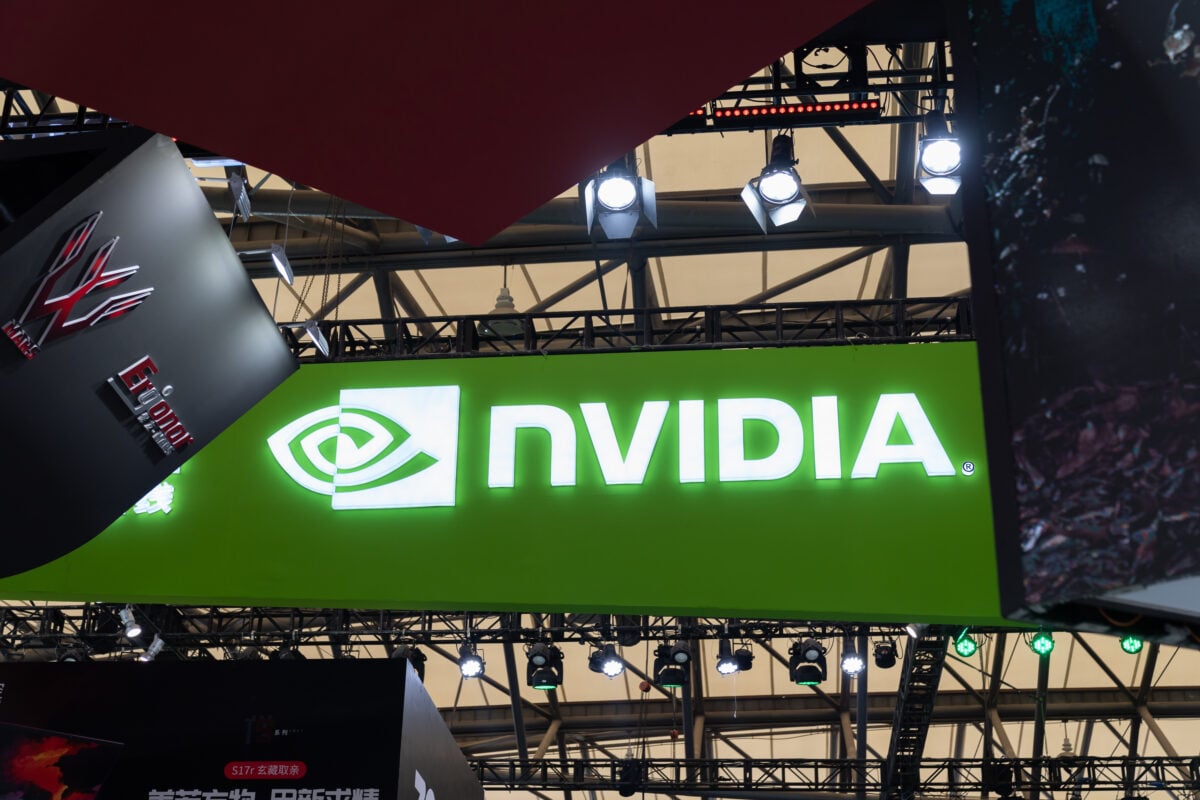Fitchburg, MA – June 5: More than 200 sheep graze amidst 15,000 solar panels at the Fitchburg Renewables solar farm. (Photo by John Tlumacki/The Boston Globe via Getty Images)
Boston Globe via Getty Images
When you think of shepherds, if you do at all, you probably think of someone vaguely Biblical, jobs of an ancient era. It turns out that modern shepherds where baseball caps, drive pickup trucks, and are thriving in a new-era of high-tech entrepreneurship offering “sheep services”.
Different Kinds Of Solar Jobs
As solar costs have plummeted to the point that the International Energy Agency has concluded that solar energy is the cheapest source of electricity in all of human history suddenly hundreds of utilities and major companies are looking to put in solar farms. The most obvious place to do that is on a normal farm – with nice flat land already clear of trees. In the not so distant past, this caused a lot of land use conflict (e.g., no one wants solar panels displacing food crops and driving the cost of groceries up). To solve the problem scientists introduced the concept of agrivoltaics. Agrivoltaics combines agriculture with solar photovoltaic electricity production on the same land simultaneously. Agrivoltaics thus uses land far more efficiently than simple farming — it not only produces clean energy but also enhances agricultural output. This is counterintuitive, but agrivoltaics routinely yields more food than traditional farming methods.
Two young lambs.
Education Images/Universal Images Group via Getty Images
Although agrivoltaics has been shown to increase crop yields of more than a dozen food crops, the most mature area of agrivoltaics is simply grazing sheep beneath solar panels. To do that you need someone to take manage the sheep grazing under solar panels – enter the solar shepherd.
A recent study found that modern solar shepherds can actually make good money – earning incomes equivalent to some doctors or even lawyers.
A Symbiotic Relationship That Breeds Jobs
Sheep agrivoltaics is an excellent example of symbiotic system that makes good business sense while benefiting all of the participants: shepherds, animals, investors, the local community and the environment.
Solar farms shade the ground and it turns out that one of the many crops that enjoys a little partial shading is pasture grass. You get more grass under the solar panels because they create a microenvironment that is a little cooler and conserves water. This means more grass for the sheep and fatter sheep for the shepherd to sell. The solar panels also shade the sheep and make them more comfortable. It is quite common to see all the sheep on a solar farm huddled under the cools shade of the solar panels on a hot day. In addition, solar farms generally have fences around them as they are treated like electrical infrastructure, but the fences provide some protection for the sheep from predators.
Sheep rest in the shade of sun-tracing photovoltaic panels installed at Solarpark.
Getty Images
On the flip side, the grass under the solar panels helps keep the panels a little cooler, which improves their efficiency. Normally solar farms need either grass cutting or in the worst case to spray herbicides to keep the weeds from growing up and shading the panels. That is where the sheep come in. They are awesome at grazing and keep the solar panels clear of weeds. Thus, the solar farm owners save money on vegetation management by avoiding both the costs and the risks of mowing (which can damage panels by shooting out rocks) and the costs, embarrassment and environmental harms of using herbicides.
Perhaps the most interesting part is that solar farm owners are willing to pay to have sheep come and eat the grass under their panels. They are doing this all over America (see map). This way, solar shepherds make more money than traditional shepherds as they are pulling normal sheep income – but also ‘sheep service’ income. According to Glassdoor, shepherds in Canada normally make $58,000/year and in the U.S. about $61,000, while solar shepherds can expect to make two to three times as much.
Open EI InSPIRE agrivoltaic Map (Creative Commons Zero) – Grazing https://openei.org/wiki/InSPIRE/Agrivoltaics_Map
Open EI InSPIRE
Solar shepherds benefit from the agrivoltaic bump that means more grass for their sheep, they don’t have to lease pastures as they are literally paid to put their sheep on pasture for solar farm vegetation management.
Finally there are also benefits from an environmental perspective. Another study showed that sheep pastures that operated as agrivoltaic farms were at least twice as land-use efficient as having separate land areas for solar energy and sheep grazing. Not surprisingly, they outperformed conventional sheep farming and grid electricity systems by a whopping 280-894 %.
Business Models For Solar Shepherd Jobs
The benefits for the environment are all good, but as the character Rod Tidwell in the 1996 movie Jerry Maguire said: “Show me the money!”
The study evaluated the profitability of agrivoltaic sheep grazing and lamb husbandry business models for solar shepherds. It looked at two scales of solar farms: small (200 kilowatts) and large solar farms (465 megawatts).
The study investigated revenue streams, costs and investments for two types of solar shepherding business models: breeding ewes for lambs on the farm (sort of a self-sustaining operation) and purchasing lambs from auction every year to benefit from lack of capital. Really no matter how you slice it or what sensitivity you run, being a solar shepherd results in a massive profit. Despite differences in operational approaches, the numbers that matter including the return on investments (ROI), earnings before interest, tax, depreciation and amortization (EBITDA) margins were higher than normal farming values due to the increased and reliable (under contract!) revenue source of “grazing services”.
A herd of sheep grazes under photovoltaic panels at an agrivoltaic farm.
VCG via Getty Images
ROI for the breeding model was 16-31%, while the auction model ranged from 22-43%.
The advantages of solar shepherd jobs ripple out to local communities in a couple of clear ways. The most obvious of which is that solar farms generate significant tax revenue. The amount of profit being generated per acre is so much larger than normal farming that it is often enough to fully fund local schools in small farming communities. A secondary benefit is access to locally produced lamb and sheep meat. The high-paid solar shepherd jobs are also a source of sustained local employment.
It is pretty clear that all existing solar farms should consider working with sheep and that all shepherds should start scanning their local areas for solar farms to expand their flocks and income.
Downsides: What About Wolves?
Solar shepherding is generally a win-win, but it does come with weird risks that others making over $100,000 a year don’t normally need to worry about. First, not everyone can be a solar shepherd. The sheep need to be moved regularly to effectively control vegetation on the solar farm, so you can’t just lay around under a tree like the shepherds of old. This usually means moving both the fences and the sheep themselves. Solar shepherds don’t all need to be jacked, but a certain level of physical fitness is needed.
Profits for solar shepherds can also be eaten – literally. Predators, including wolves, coyotes, domestic dogs, bobcats, lions, and bears can also be a real world risk. This can normally be addressed by high-quality fences. The larger threat to sheep is disease and parasites that can kill the sheep so solar shepherds need to take care and monitor their animals carefully.
Wolves can eat your profits.
dpa/picture alliance via Getty Images
On the flip side, solar industry representatives can worry about potential complexities for setting up large projects. Sheep need water to drink, for example, and so if you are developing a solar farm that you plan to have sheep on you might want to provide water (even if the panels themselves do not need it). Also, normally solar farms either don’t plant anything and let nature takes its course or throw down some random grass seeds on the solar farm when it is installed. Being a little cleverer about it solar farm installers can change the seed mix to improve nutrition for the sheep (e.g. higher protein) and perhaps attract higher quality solar shepherds.
Lastly, in some areas, solar sheep farms can open another profit center and sell wool, but other markets are too small to reach a profitable scale. Thus, the wool can go to waste.
Overall, these challenges can be overcome and as the core profit of solar shepherding is there. In addition, there is plenty of market to have as North America imports massive quantities of lamb and mutton from Australia and New Zealand. This means lots of potential jobs for solar shepherds in the U.S. and Canada.
Source: https://www.forbes.com/sites/joshpearce/2025/11/22/modern-jobs–how-to-make-over-100000-a-year-as-a-shepherd/


